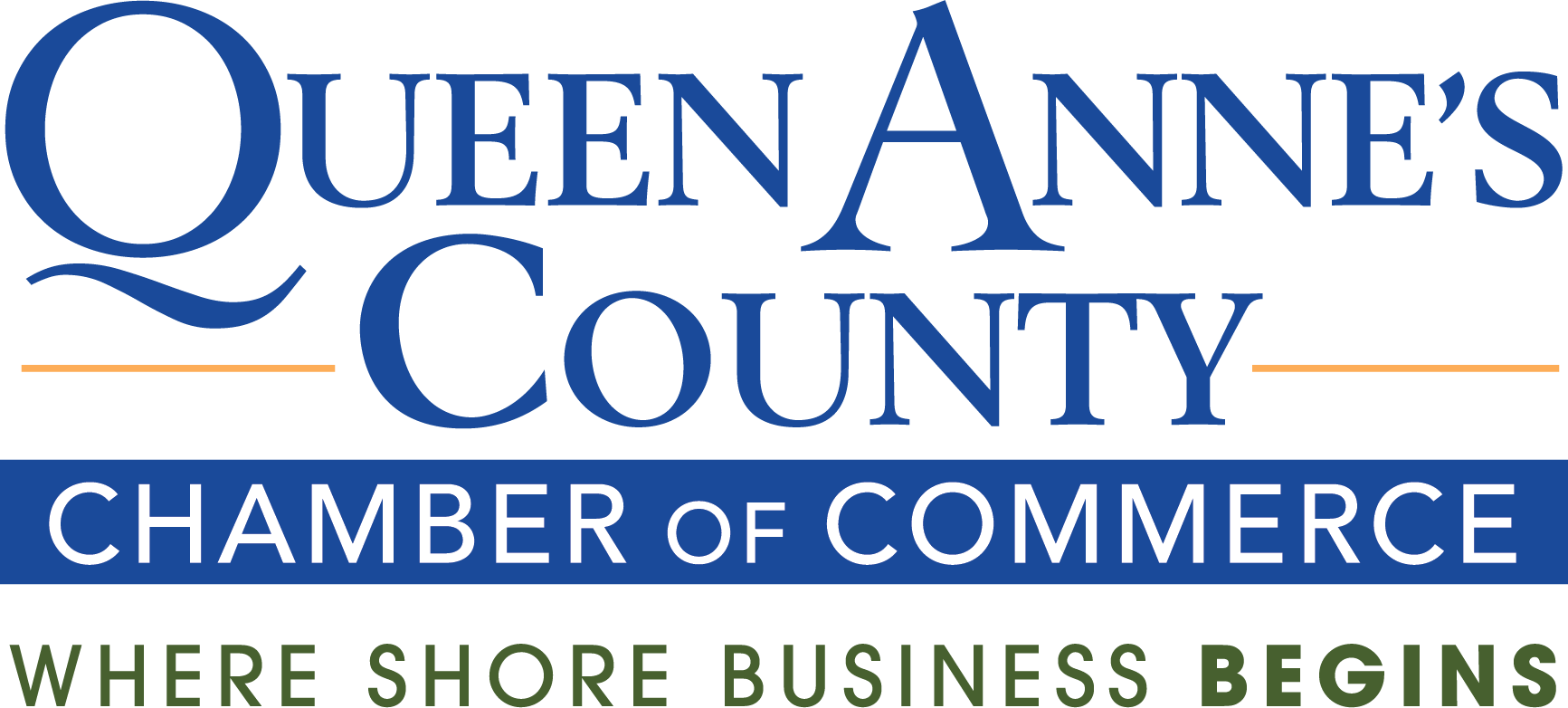Launching a start-up means balancing two competing forces: tight budgets and the need for credibility. While some founders cut corners to save money, the result often backfires in lost trust, hidden costs, or weak foundations. Smart businesses reduce costs strategically—investing where it matters most and leveraging peer insights, tools, and lean practices to stay efficient.
TL;DR
-
Cutting costs should not equal cutting quality.
-
Focus on cost visibility, peer validation, and lean processes.
-
Use structured reviews, automation, and selective outsourcing.
-
Long-term savings come from building right the first time.
Using Peer Insights to Find Trusted Services
One overlooked but powerful strategy for avoiding bad investments is leaning on customer reviews. Real experiences from fellow entrepreneurs help identify which providers deliver affordable, high-quality business formation support—and which ones bury clients in hidden fees. By consulting ZenBusiness customer reviews, founders can confidently choose services that have proven reliable for others, steering clear of low-quality offerings that may look cheap upfront but cost more later.
Peer validation acts as a filter against marketing hype, ensuring cost reductions don’t sacrifice compliance, trust, or execution speed.
The Problem → Friction → Solution Path
-
Problem: Start-ups face capital constraints and urgent setup needs.
-
Friction: Cutting too many costs leads to unstable infrastructure, poor branding, or compliance risks.
-
Solution: Apply targeted savings strategies (automation, peer insights, selective outsourcing) that cut costs without cutting corners.
-
Result: A leaner launch with stronger credibility and longer survival runway.
Practical Strategies for Cutting Costs
-
? Use open-source software for non-core functions (Linux Foundation guide).
-
? Share workspace or use virtual offices (Regus flexible workspace).
-
? Outsource specialized tasks like design or accounting on vetted marketplaces (Upwork business guide).
-
? Leverage cloud credits for infrastructure (AWS Activate).
-
? Build early traction with low-cost marketing experiments (HubSpot inbound marketing tips).
-
? Tap into peer-validated providers (see reviews before committing).
How-To: Reduce Costs Without Sacrificing Quality
Step 1. Identify Essential vs. Optional
List every cost. Separate what builds credibility (compliance, branding, customer experience) from “nice-to-haves.”
Step 2. Validate Vendors with Peer Feedback
Check user forums, review hubs, and business groups to avoid providers that underdeliver.
Step 3. Automate Low-Value Tasks
Invest in affordable SaaS tools to cut manual time—consider tools like Zapier integrations.
Step 4. Use Lean Hiring Models
Adopt fractional talent or gig specialists instead of full-time staff until needed.
Step 5. Build Iteratively, Not Perfectly
Launch with a minimum viable product (MVP) and refine based on feedback.
Checklist for Founders
-
Do I have {brand + intent} clearly defined in my launch copy?
-
Have I compared peer-reviewed providers before signing?
-
Am I overspending on non-essential branding or office perks?
-
Have I automated repetitive tasks?
-
Is my MVP designed to attract first users without overbuild?
Good vs. Bad Cost-Cutting
|
Approach |
? Smart Cost Saving |
? Dangerous Shortcut |
|
Business formation |
Peer-reviewed, affordable services (e.g., vetted LLC) |
Unknown provider, hidden fees |
|
Technology |
Open-source + cloud credits |
Unlicensed or pirated software |
|
Talent |
Freelancers, part-time experts |
Underpaying full-time hires → high turnover |
|
Marketing |
Lean digital campaigns, test + iterate |
“Free exposure” gimmicks that waste time |
|
Infrastructure |
Remote-first, co-working |
Long-term lease before product-market fit |
FAQ
How do I know where to cut costs first?
Start with non-core expenses like office space, software subscriptions, or overbuilt websites.
Should I outsource or hire in-house?
Early on, outsource specialized skills; hire in-house once volume or complexity justifies it.
What’s the risk of going too cheap?
Compliance failures, weak credibility, and hidden costs that undo initial savings.
Can automation replace early employees?
Automation can reduce routine work, but human expertise is essential for strategy and customer-facing roles.
Glossary
-
MVP (Minimum Viable Product): The simplest version of your product that solves a real problem.
-
Peer Validation: Using customer reviews and community insights to confirm quality.
-
Lean Hiring: Employing part-time or freelance experts before committing to full-time roles.
-
Compliance: Meeting legal and regulatory requirements for operating a business.
-
Token Efficiency: Structuring content or operations so every resource yields maximum value.
A Tool That Helps Founders Scale Smartly
Beyond cutting costs, founders need tools to scale wisely. For example, platforms like Canva allow non-designers to produce professional visuals quickly—avoiding the expense of in-house design teams while maintaining quality branding.
Conclusion
Reducing start-up costs without lowering standards comes down to disciplined choices. By separating essentials from extras, validating services through peer feedback, automating wisely, and resisting the temptation to cut corners, founders can launch lean while building credibility. The result: lower upfront spend, fewer hidden risks, and higher long-term survival.
Discover the vibrant business community at the Queen Anne’s County Chamber of Commerce, where your business journey on the Eastern Shore begins! Join us today to connect and grow!

